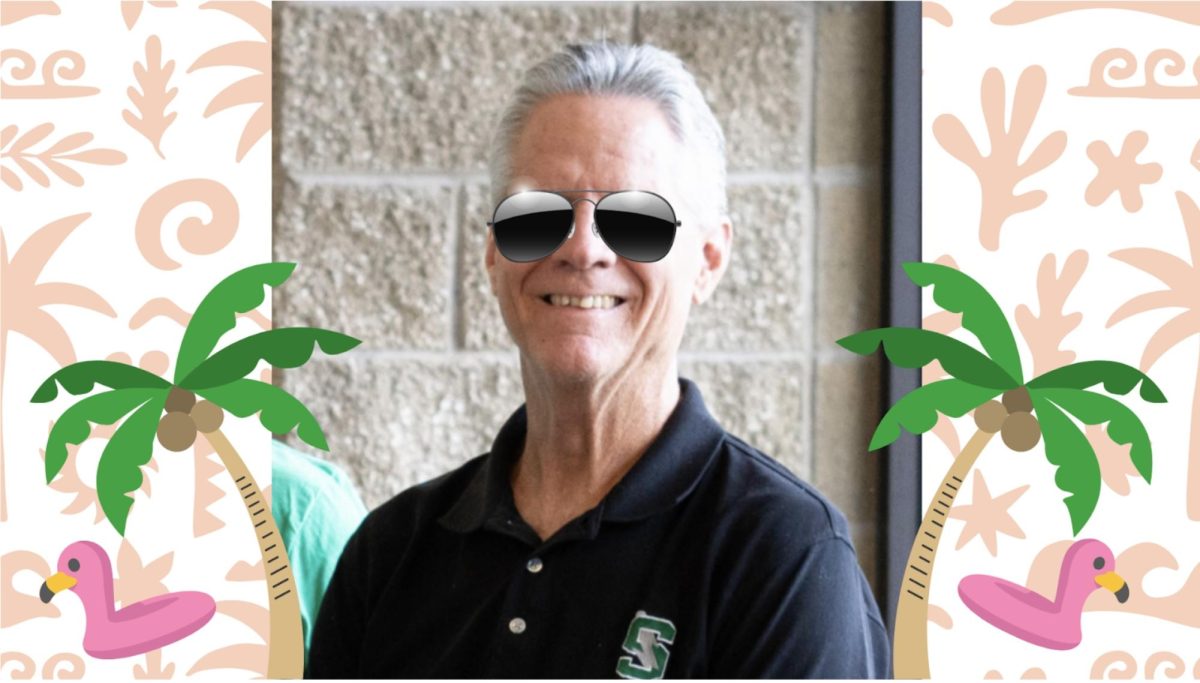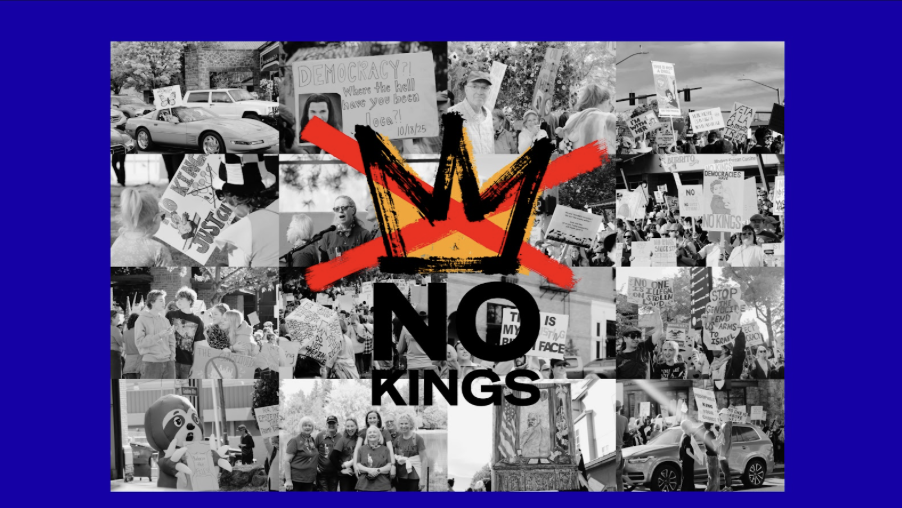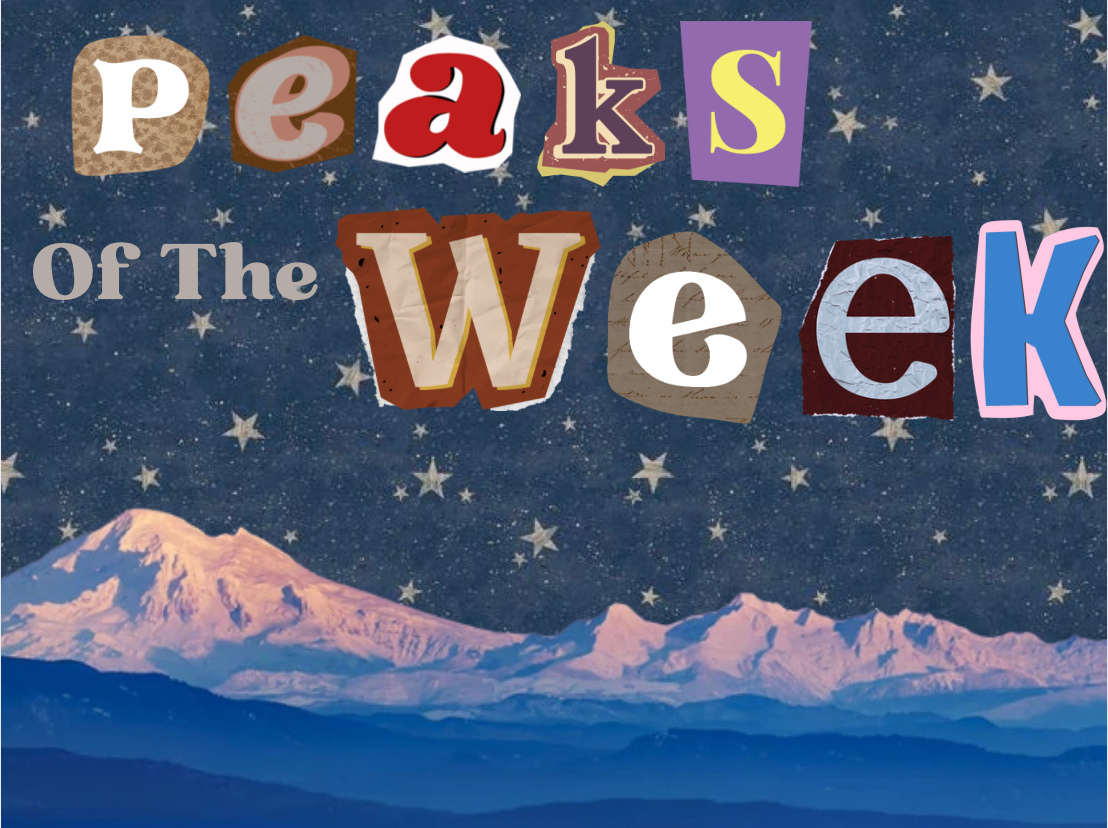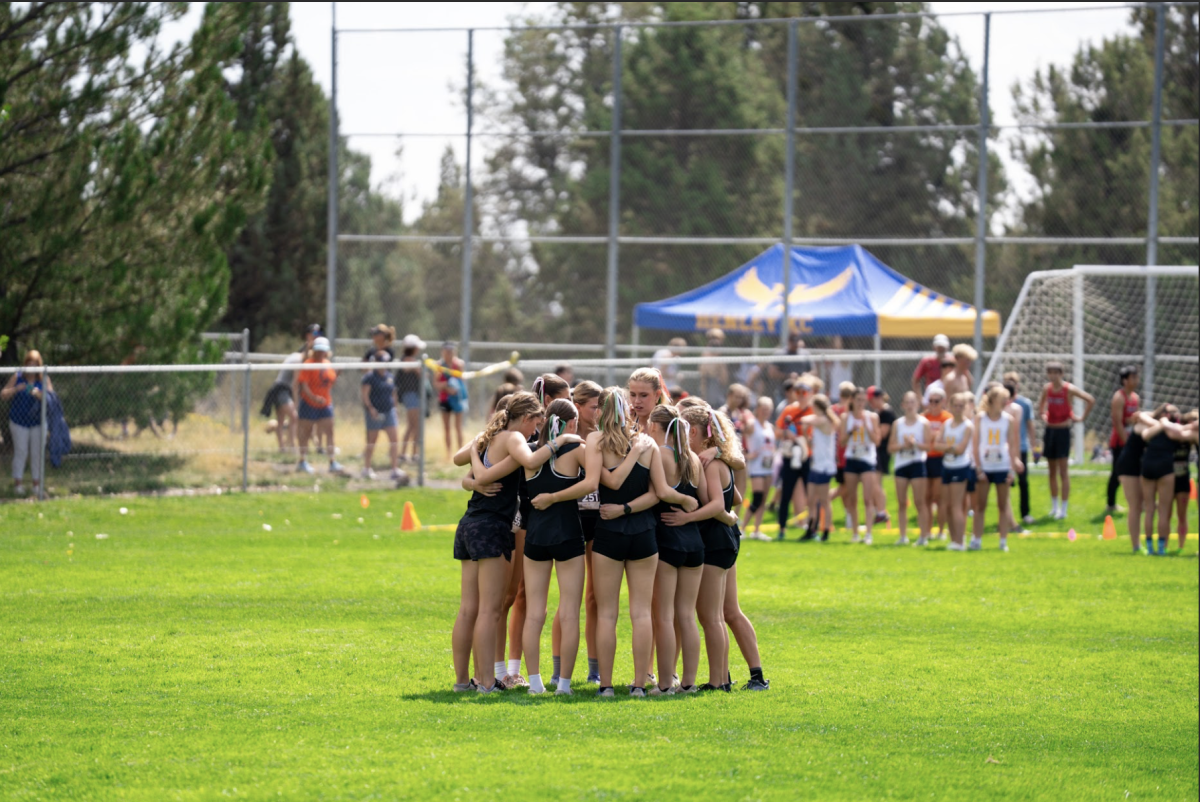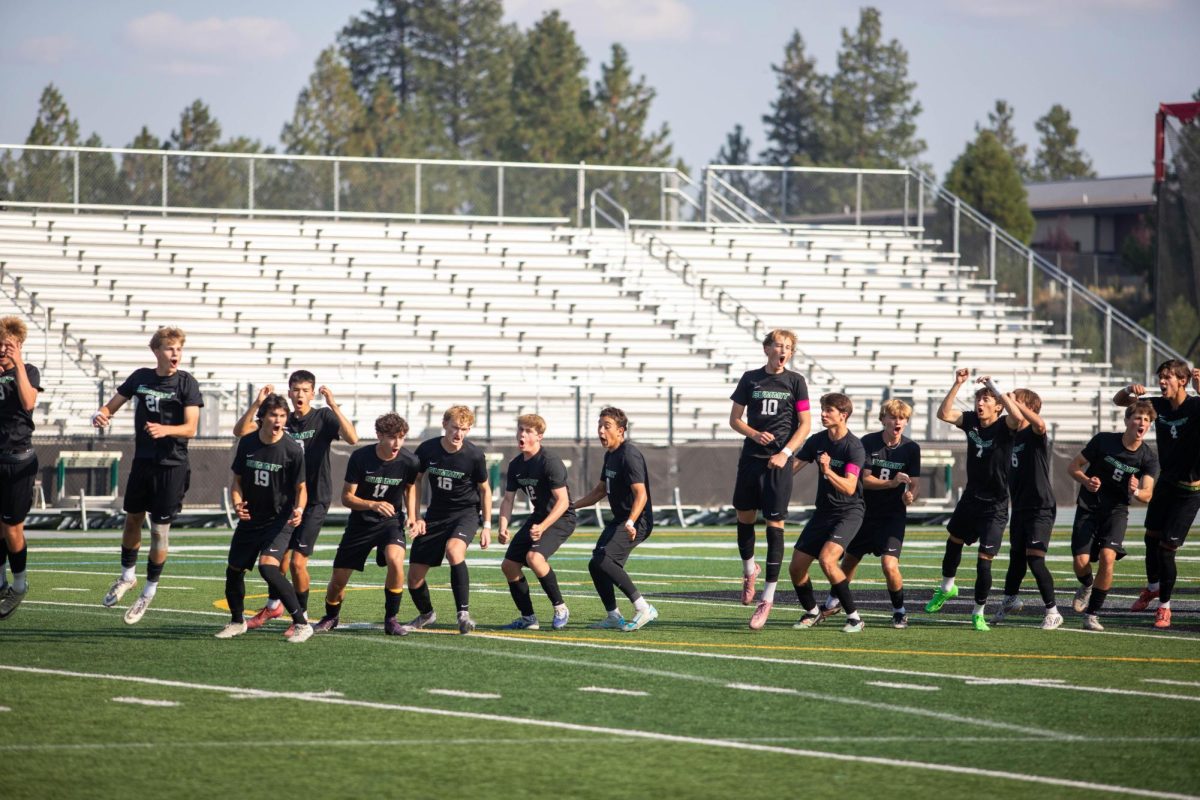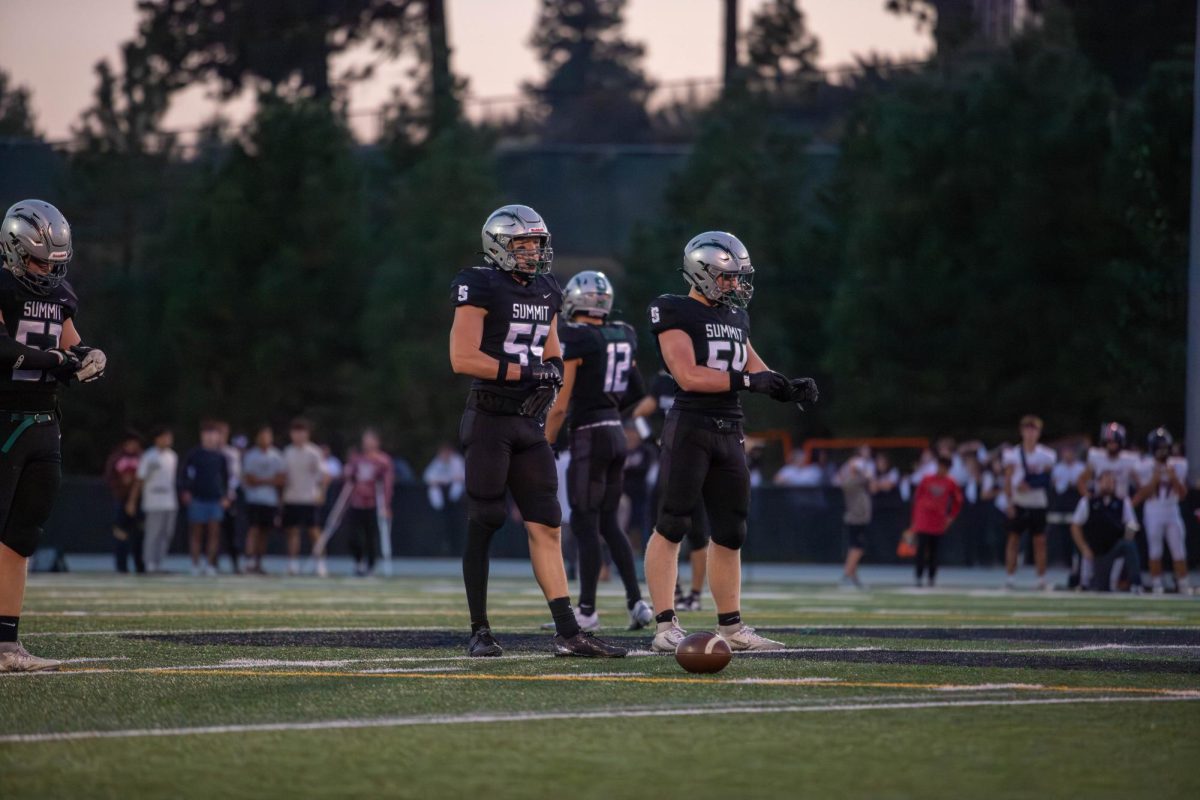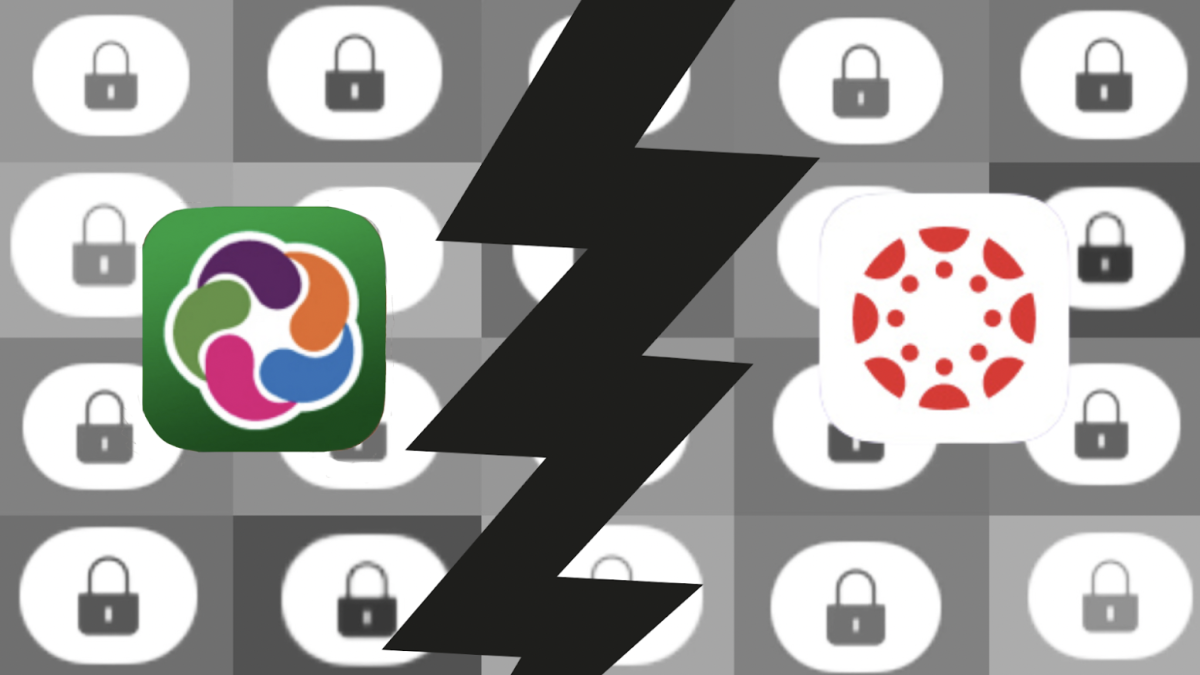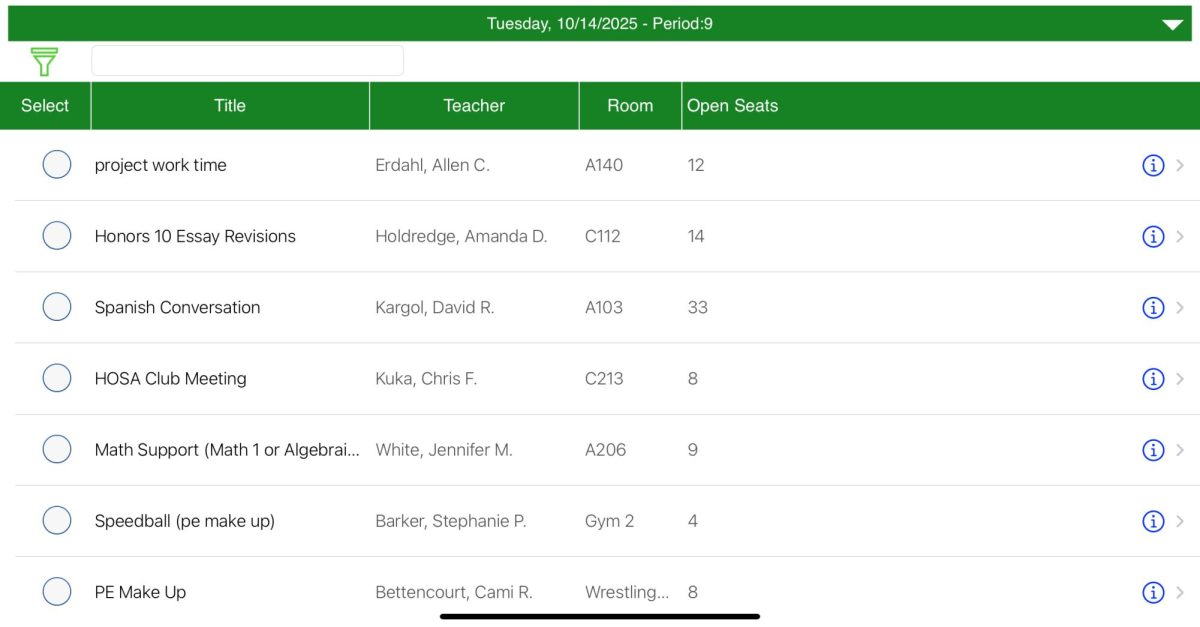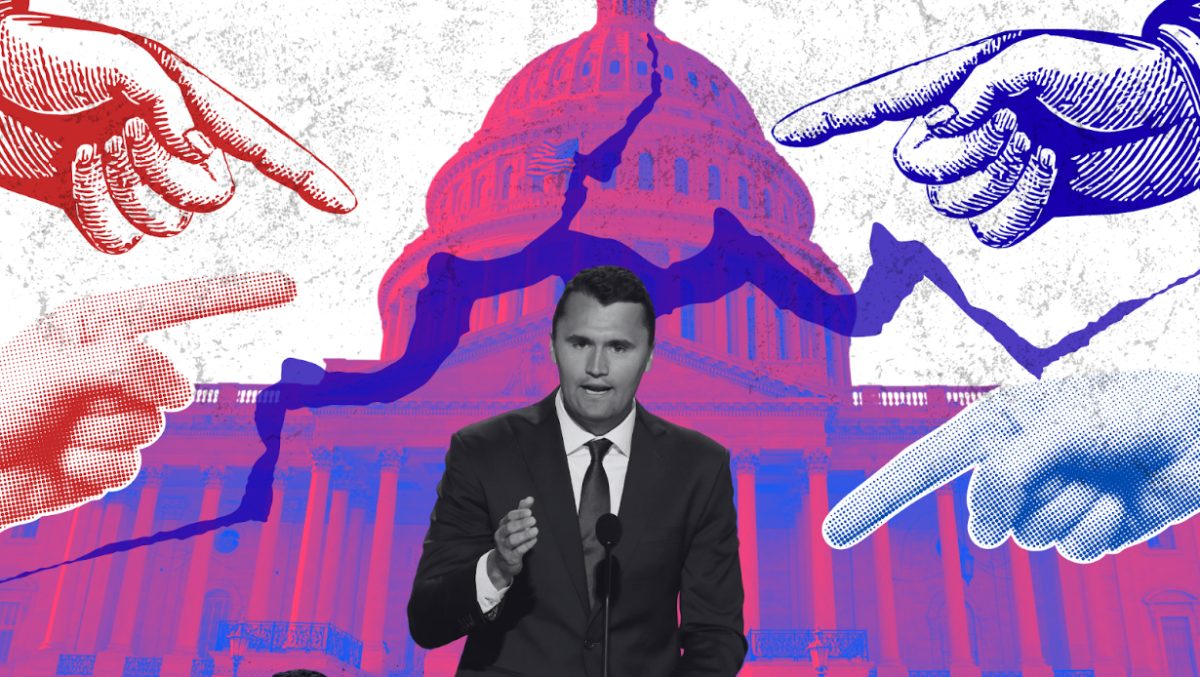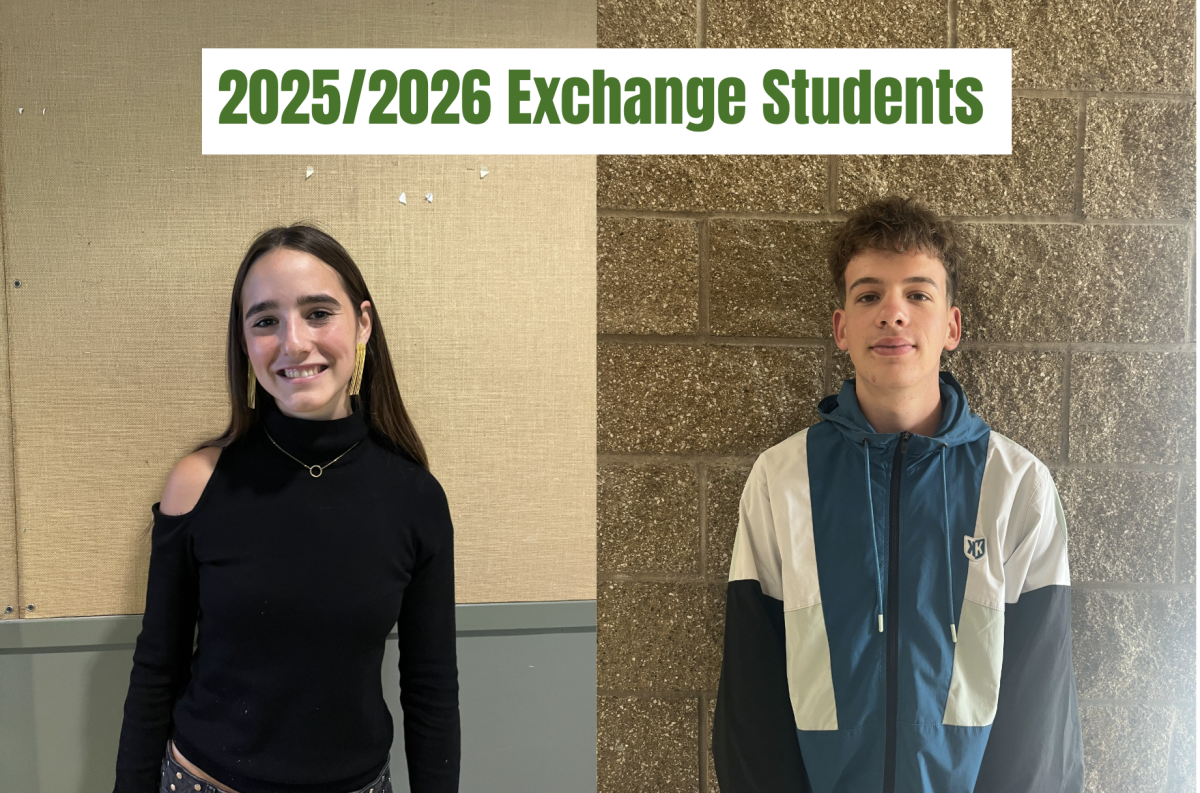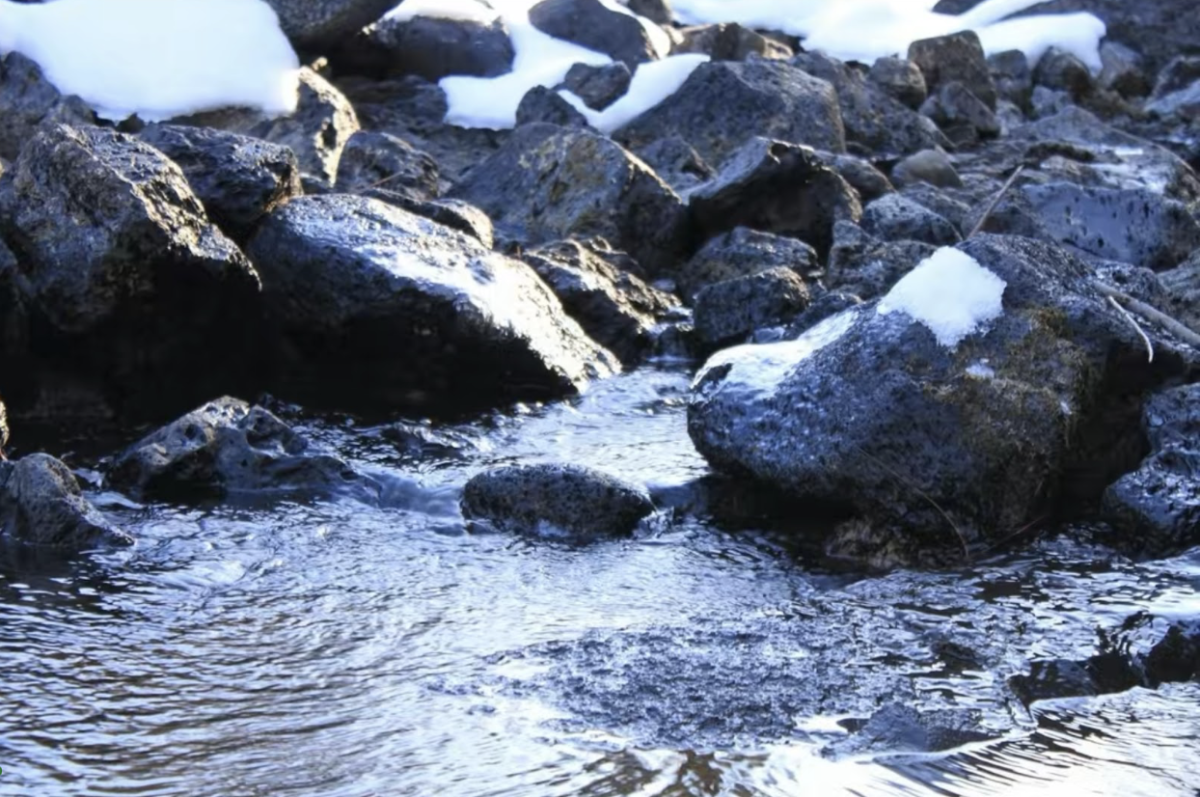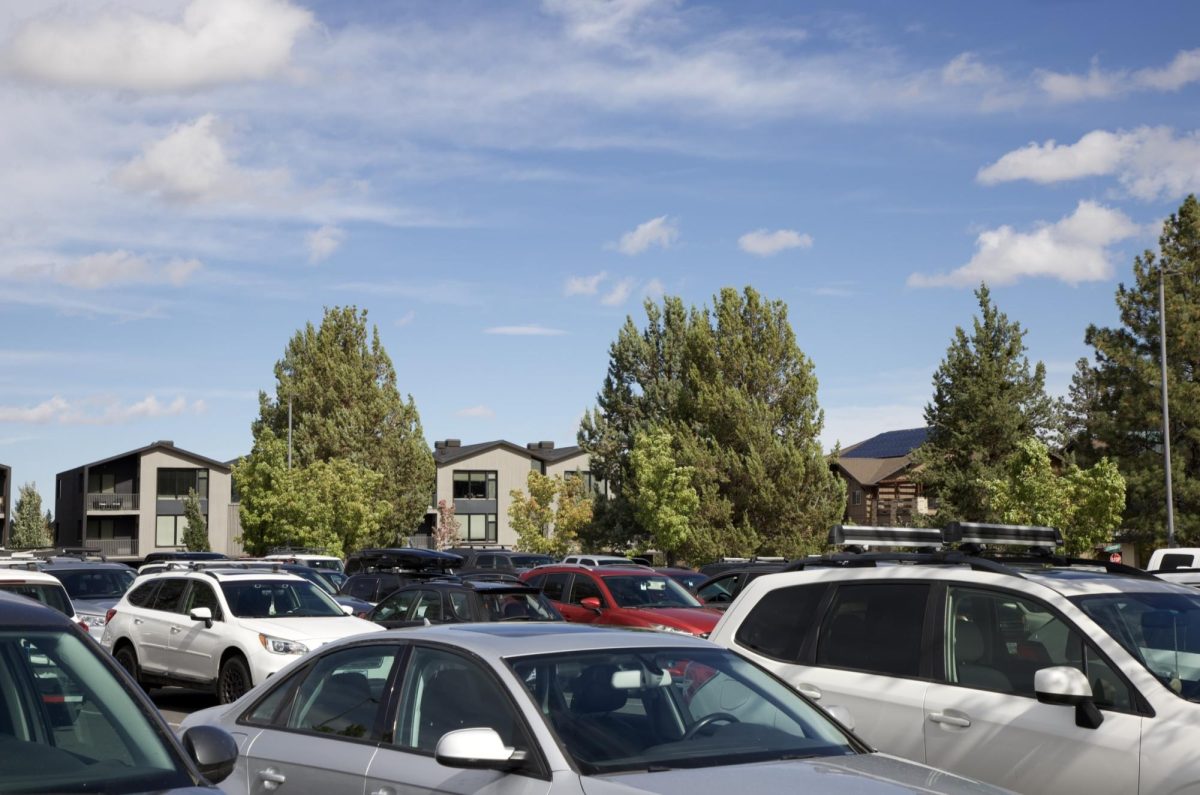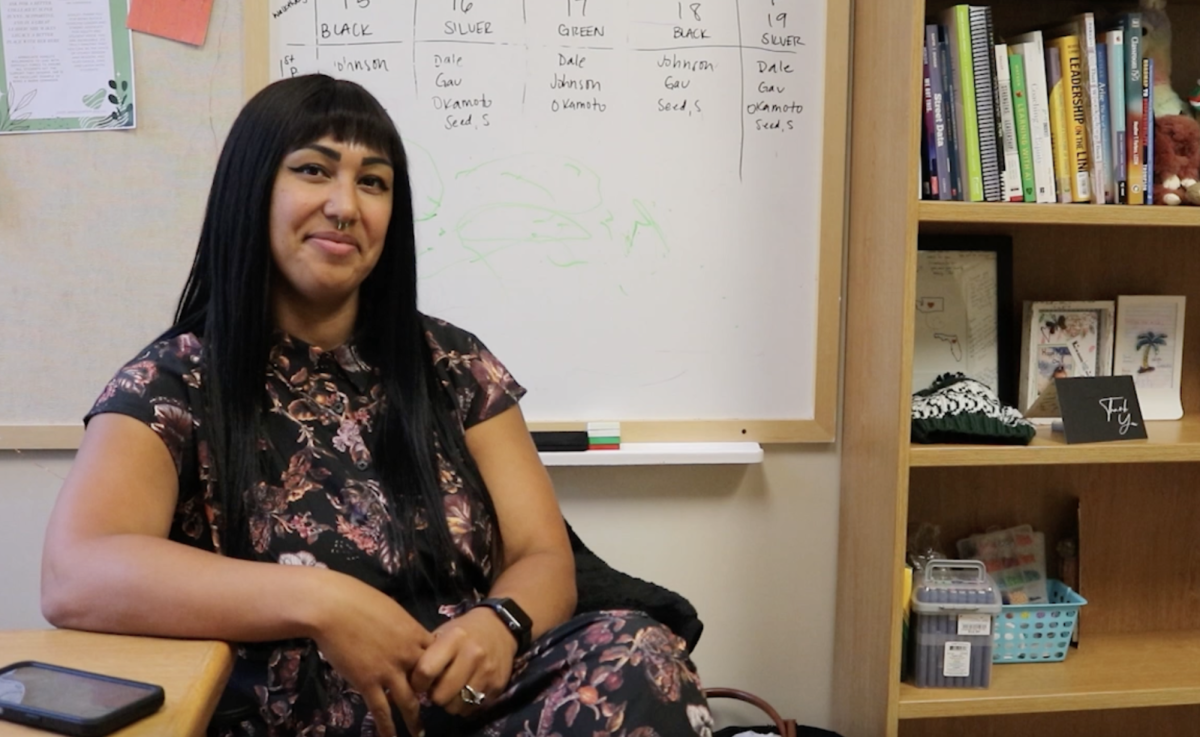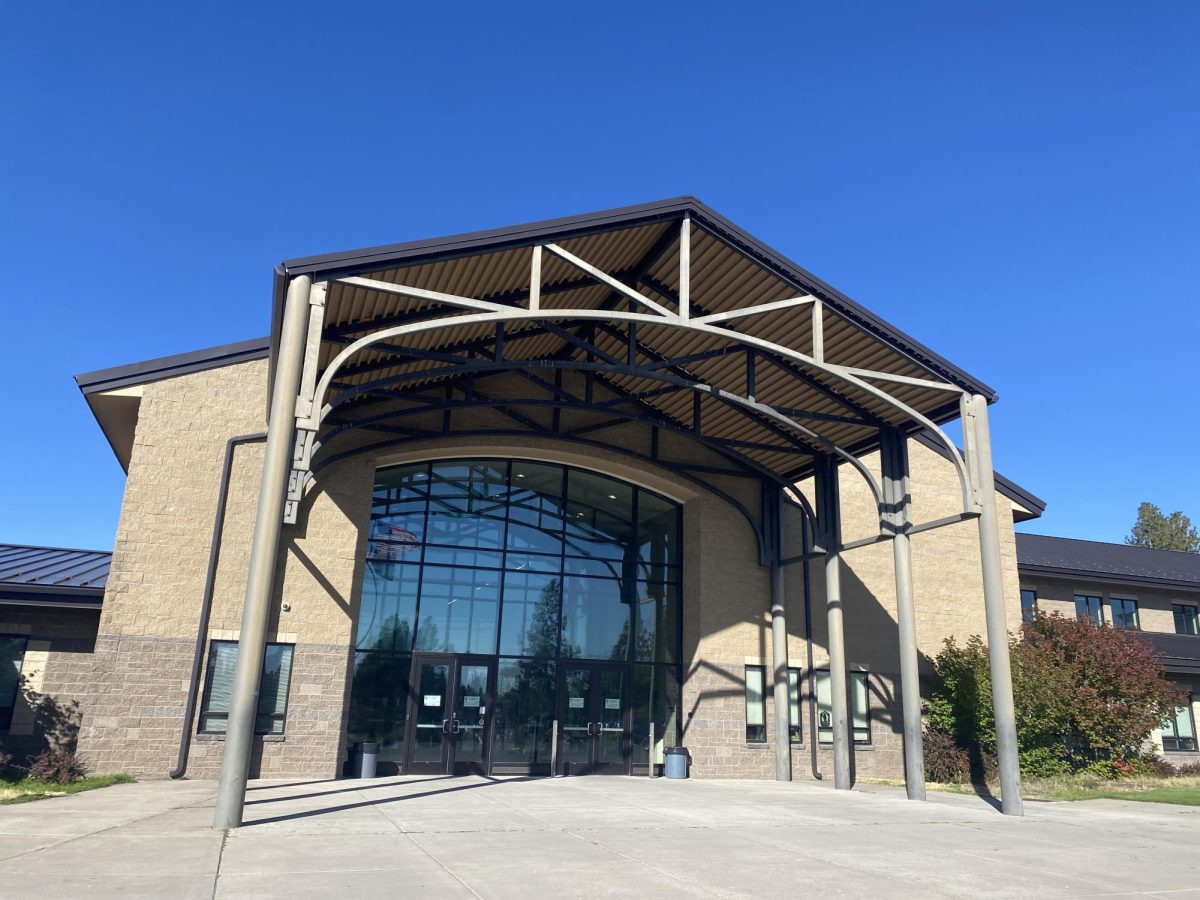Climate change, the daunting and worrisome topic that shapes current and future generations’ lives, is one of the most pressing issues of all time. As years pass, our carbon footprint grows larger, temperatures reach record highs and entire ecosystems become inhabitable—raising the question of the changing climate’s role in school curriculum.
Since the Elementary and Secondary Act of 1965 prohibits the creation of a national science standard, individual states are left to decide if and how to teach about climate change. Currently, 20 states, including Oregon, utilize Next Generation Science Standards (NGSS), which approach climate change as a significant topic for consistent discussion in schools. These states represent around 36% of students, while another 35% of students belong to states that have developed their own interpretations of the NGSS and constructed their own curriculum addressing global warming. The remaining one third of students have little to no engagement with curriculum involving climate change.
Despite Oregon’s involvement in NGSS, with inadequate resources and limited support, it falls largely on teachers to weave climate change into their lessons. As for Summit specifically, whether or not climate change is covered depends on the teacher and subject matter.
“As a social science teacher, I have not found room in my curriculum for [climate change] yet,” said Summit social studies teacher Travis Overley. “But the topic comes up all the time when students do ‘Current Events.’ I encourage open dialogue, and try to empower my students to think critically and problem solve when it comes to big issues like this.”
While students are progressing and starting to form their moral compass throughout middle and high school, it is critical that they learn about the changing climate destined to determine many aspects of their future.
“Climate change and its impact and potential adaptation is a defining feature of our time and [it needs] to be included in lesson plans,” said Neil Baunsgard, the Environmental Center Transportation and Climate Policy Manager in Bend. “Whether that be specifics about climate change itself or using a climate lens through different project-based learning, [it’s] so important.”
Knowledge regarding the warming climate fuels youth to understand the consequences of global warming and encourages them to adapt and help fight what is already a worldwide emergency.
“I think if done tactfully, almost any age is ideal. My son is 4 years old and in pre-K, and they talk about the environment all the time and how we can better care for the earth,” said Overley.
Education is a key instrument in fighting climate change during the upcoming years, and if avoided could lead to more rapid changes and a sense of apathy and helplessness in youth. Learning the skills to identify and respond to climate change during next generations’ K-12 years is essential to combating it.
“Without talking about it, you run the risk of it just being something that’s concerning to next generations without a clear understanding of what’s happening, how it’s happening and what’s being done around the world to mitigate the impacts of climate change,” said Baunsgard.


